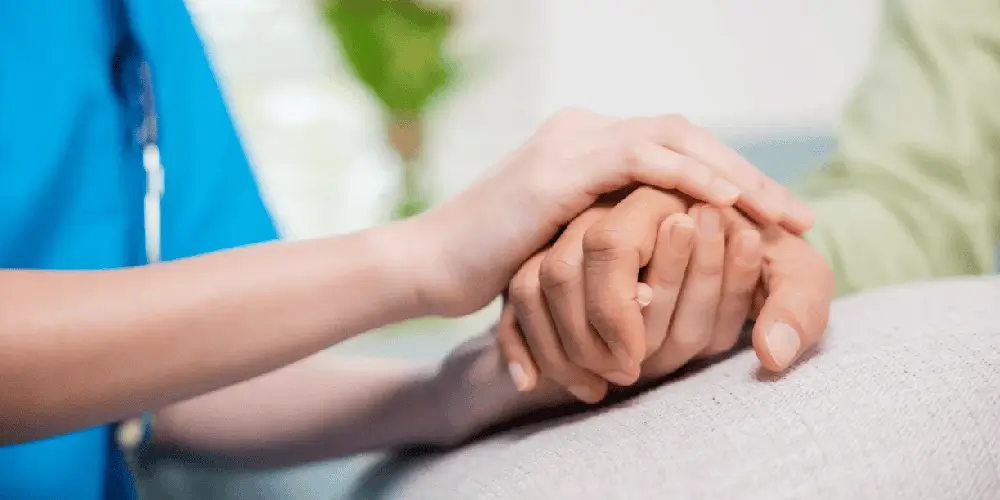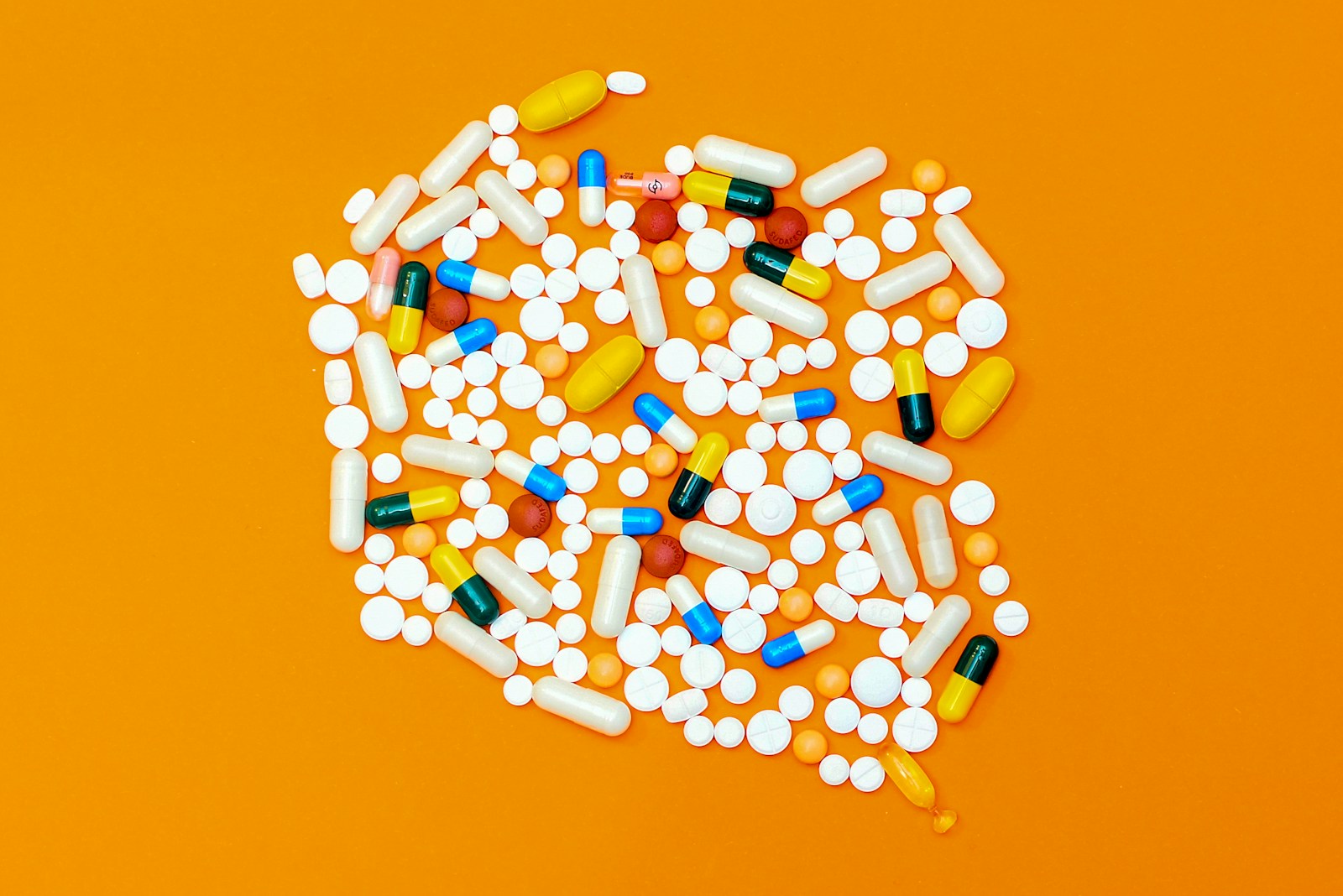The Power of Peer-Led Recovery: Transforming Addiction Treatment and Support Services.
In the evolving landscape of addiction recovery, peer-led treatment and support services have emerged as a powerful complement to traditional clinical approaches. These programs—led by individuals with lived experience of substance use disorders and successful recovery—offer unique benefits that professionals alone cannot provide. This blog post explores the numerous advantages of peer-led recovery models and why they’ve become an essential component of comprehensive treatment strategies.
What Are Peer-Led Recovery Services?
Peer-led recovery services are programs facilitated by people who have personally experienced addiction and maintained their own recovery. These “recovery peers” or “peer support specialists” provide support, guidance, and mentorship to others at various stages of their recovery journey. These services can take many forms:
- Peer-led support groups
- Recovery coaching
- Recovery community organizations
- Peer-operated recovery centers
- Digital peer-led support communities
- Peer mentorship programs
The Unique Benefits of Peer-Led Recovery
1. Authentic Connection Through Lived Experience
Perhaps the most powerful aspect of peer-led recovery is the authentic connection formed between individuals who have walked similar paths. When someone in early recovery hears “I’ve been exactly where you are,” from a peer who has successfully navigated similar challenges, it creates immediate trust and credibility that can be difficult to establish in traditional treatment settings.
Peers understand the daily realities, specific challenges, and emotional landscape of addiction in ways that even the most educated and compassionate professionals without lived experience cannot fully comprehend. This recognition creates an environment where people feel truly understood rather than judged or analyzed.
2. Hope Through Living Examples
Seeing is believing. Peer leaders serve as living examples that recovery is possible, even from the most challenging circumstances. This “evidence of possibility” provides tangible hope—a critical element for those beginning their recovery journey who may struggle to envision a life beyond addiction.
The peer leader’s presence answers the unspoken question many have in early recovery: “Can someone like me really make it?” with a resounding “Yes.”
3. Peer-led Reduces Stigma and Shame
Addiction remains heavily stigmatized in society, and many people enter treatment carrying tremendous shame. Peer-led settings create safe spaces where people can speak openly about their experiences without fear of judgment, allowing for honest conversations that might be suppressed in other environments.
Peers normalize the recovery process by openly discussing challenges, setbacks, and the nonlinear nature of healing, helping participants release shame around “not getting it perfect.”
4. Practical, Real-World Recovery Skills
While clinical treatment provides essential therapeutic interventions, peer leaders excel at teaching practical, day-to-day recovery skills:
- How to navigate social situations without substances
- Practical strategies for managing cravings in real-world settings
- Rebuilding relationships damaged by addiction
- Finding recovery-supportive housing and employment
- Balancing recovery with life responsibilities
These practical insights often address the gap between clinical knowledge and real-world application that many people experience when leaving formal treatment.
5. Bidirectional Healing
Peer-led recovery creates what researchers call the “helper therapy principle”—the phenomenon where those providing support benefit as much as those receiving it. Peer leaders consistently report that helping others strengthens their own recovery, creating a sustainable model where everyone involved experiences healing.
6. Culturally Responsive Peer-Led Support
Peer-led recovery programs can more easily adapt to the specific cultural contexts of the communities they serve. Recovery peers who share not only addiction experiences but also cultural backgrounds can address unique barriers and leverage cultural strengths that might be overlooked in traditional treatment settings.
7. Accessibility and Continuity of Care
Peer-led support often continues long after formal treatment ends, providing critical continuity of care. Unlike time-limited clinical interventions, peer relationships can extend for years, offering support through the various phases of recovery and life transitions.
Additionally, peer services are typically more accessible—available evenings and weekends, sometimes without appointment, and often at little or no cost.
8. Peer-Led Models Reduced Power Imbalance
Traditional treatment inherently creates a power differential between professional and client. Peer-led models feature more reciprocal relationships where participants can shift between receiving and offering support. This reduces the dependency that can sometimes develop in professional helping relationships and empowers individuals to recognize their own expertise and capacity for growth.
Research Supports Effectiveness
The benefits of peer-led recovery aren’t just anecdotal. A growing body of research demonstrates the effectiveness of these approaches:
- Studies show increased treatment retention when peer services are incorporated
- Reduced hospitalization and emergency service utilization
- Improved recovery outcomes when peer support complements traditional treatment
- Enhanced quality of life measures including housing stability and employment
- Greater community integration and social connectedness
The Future of Peer-Led Recovery
As healthcare systems increasingly recognize the value of peer support, we’re seeing greater integration of peers into traditional treatment models. Many treatment centers now employ certified peer specialists alongside clinical staff, creating integrated teams that address both the medical and experiential aspects of recovery.
The growth of peer recovery support services represents a significant shift in how we conceptualize addiction treatment—moving from an exclusively professional-directed model to one that honors the expertise born from lived experience.
Conclusion
Peer-led recovery programs don’t replace professional treatment—they enhance it. By combining clinical expertise with the unique benefits that only peers can provide, we create more comprehensive and effective recovery support systems.
The power of shared experience, authentic connection, and mutual growth makes peer-led recovery an essential component of effective treatment. As we continue to address substance use disorders in our communities, expanding and strengthening peer support networks should remain a priority for treatment providers, policymakers, and recovery advocates alike.





